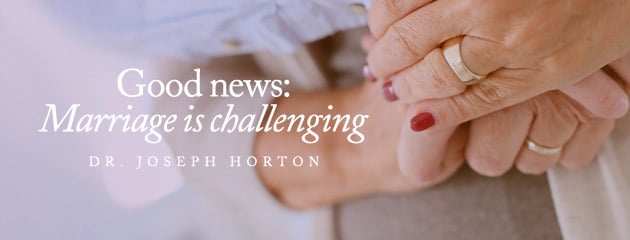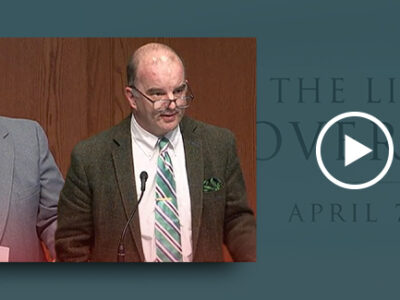
I like good news, except when the good news turns out to be false. Recently it has been reported that we have been misled by social scientists for decades about the divorce rate in the United States. Some are writing that the divorce rate has never been close to 50 percent and that the actual divorce rate is near 20 to 25 percent. If it were true that marriage is in much better shape than previously thought, it would indeed be very good news. But it simply isn’t true and making such claims put people at risk.
One of my sociologist colleagues uses the nationally representative General Social Survey covering the years 1996 to 2006 to quickly show that the divorce rate is much higher than 25 percent. In this survey, “ever married” 30 to 49-year-olds were examined. The phrase “ever married” means that the sample consisted of people who either currently are or had been married. Of this sample, 46.5 percent either had already divorced, or had their marriage ended by legal separation. Note that this is not a projection of the proportion who would eventually divorce. This is the proportion who had already divorced. If any of the people who were married at the time of the study went on to divorce later, it would push the divorce rate even higher. Some of the people in the sample—especially those at the younger end of the age range—who had recently married surely did, or will go on to, divorce. The claim that about 50 percent of new marriages will end in divorce is right on target.
Presenting an overly optimistic view of marriage will harm people. One way people will be harmed is that some will avoid getting good premarital counseling, believing that only dysfunctional people need it. But everyone is happy when they are engaged, even those who will go on to divorce. People’s feelings of love do not predict the future. There are excellent premarital counseling programs that improve marriages. Marriages can only be improved if people are humble enough to know they may need to develop some marriage skills.
Those who are married, or who are considering marriage, need to know that there are normal ups and downs in any relationship that lasts a lifetime. When we tell people that marriage is easy, they interpret normal challenges as indications that the relationship is doomed. They are likely to reason that if marriage is so easy, they would not have any problems. When problems arise one or both of the partners may decide the relationship was just a bad choice. Rather than look upon normal relationship challenges as indicators of doom, people need to recognize that these are common and know that help is available.
Most people want to have a permanent marriage. This desire is well founded. On average, married people fare better than their single counterparts on a number of outcomes such as wealth, health, and happiness. We cannot encourage lifelong happy and healthy marriages by telling people that the risks to their relationship are quite small and there is not really much work required.
The claim that divorce is rare may be intended to encourage people. But giving people the false picture that marriage is relatively easy is not good news and will probably lead to more divorces and fewer happy marriages.
The good news is that there is hope. The skills for having a successful marriage can be learned. Satisfying, lifelong marriage is a realistic goal. However, achieving that goal requires a proper understanding of the risks and challenges. The risks and challenges can be addressed only if we acknowledge them. Marriage is a challenge, but the challenges can be overcome.



